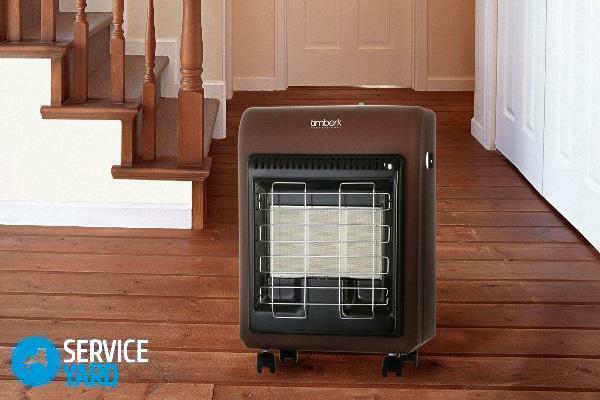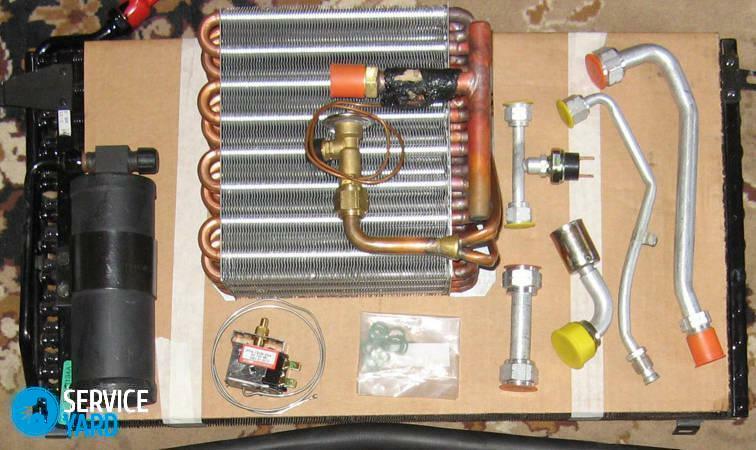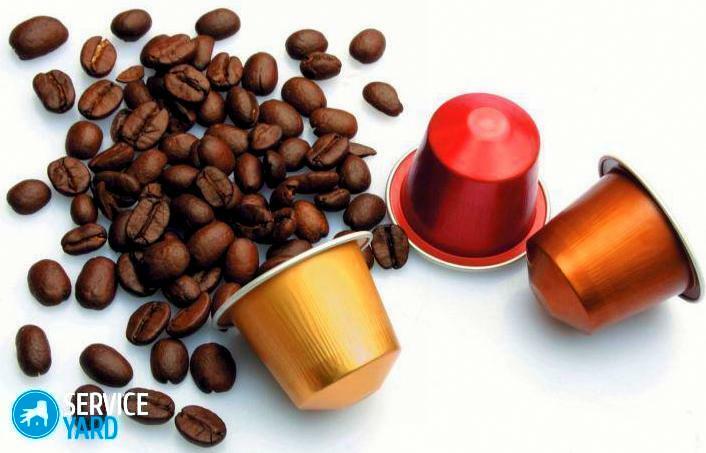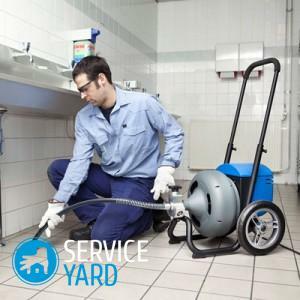
- Causes of clogging in pipes:
- How to clear the clog in the pipes: the necessary tools and tools
- How to clean the pipes in the bathroom?
- We clean the pipes from clog in the kitchen
- Popular methods
- How to clear the clog in the pipes so as not to spoil them?
Each owner sooner or later faces the problem of clogging pipes in the apartment. Sometimes without a professional plumbing will not work, but in most cases it's easy to find a way how to break a blockage in a pipe at home itself. Even if there are no special tools. The need to clean the sewer pipes is indicated by a decrease in the speed of water flowing through the drain, as well as the presence of an unpleasant odor that comes from the sink in the kitchen or in the bathroom. We will understand why this problem arises with a certain frequency, what to do in this case.
to content ↑Causes of clogging in pipes:
- Sewer pipes made of cast iron are still found in houses of old buildings. This material is prone to corrosion, which causes the internal walls to become uneven over time, and a rust build up on them.
Important! Often, blockage is formed in such potentially dangerous places: a section from the release of the sink in the kitchen to the release in the bathroom.
- If the house has sewer pipes made of plastic, the cause of the blockage may be their improper installation, i.e. the non-observance of the slope of the pipe in the direction of the riser, which invariably leads to the formation of plaque inside the pipes.
- One of the most common causes of blockages in pipes is fat. Over time, it settles inside the pipes, keeps the remains of food and small rubbish - this sediment gradually compacts and significantly reduces the capacity of the pipe.
Important! Most often, pipes are clogged in the summer-autumn period, when the amount of water consumed increases, and with it the amount of garbage that enters the sewer system. Particular attention must be paid to the period when the harvest is made for the winter - at this time it is desirable to have at hand something that can be cleaned pipes.
to the contents ↑How to clear the clogging in the pipes: the necessary tools and tools
Understanding the issue of how to remove blockage in the pipe at home, we list the methods and devices that will be useful for this.
Mechanical methods:
- The simplest version is the use of a conventional air valve. This tool is in almost every home. With it, you can easily cope with a simple clog, for example, if the shell is clogged with small particles of debris, dirt or fat.
- More complex chokes can not be used to force the valve, it will be necessary to turn to more serious methods. In such cases, use a three-meter plumbing cable with a pike at the end. However, please note that the cable is not suitable for brass, chrome and plastic siphons.
Important! Also for effective cleaning of pipes, you can resort to the help of a ruff and wire.
Chemical Methods
How do I clean up clogging in pipes using chemicals? Very simple - buy in any hardware store a tool for cleaning pipes and follow the instructions on the packaging.
 As a rule, the product is poured into the sink, wait about 30 minutes and rinsed off with plenty of hot water.
As a rule, the product is poured into the sink, wait about 30 minutes and rinsed off with plenty of hot water.
Important! It can be powders, alkalis, liquids, acids or gels( Silit, Tiret, Mister Muscle, Mole).
Sodium hydroxide is present in the composition of these agents - it is precisely because of this that the purification takes place.
The principle of the action of chemical agents is to "erode" the accumulations on the inner walls of the pipes. Applying these funds, you can not be afraid for the safety of sewage systems made of cast iron and plastic.
Using chemical cleaners, certain rules must be observed:
- Rubber gloves should be worn on hand;
- The face should be covered with a protective mask.
Important! Use chemicals to clean the pipes preferably at least once for 2-3 months, then you will be able to avoid the replacement of an expensive sewage system for a long time.
to the contents ↑How to clean the pipes in the bathroom?
The washbasin in the bathroom, as opposed to the kitchen sink, is usually equipped with a safety drain hole. Therefore, before starting the cleaning, it must be closed.
Method 1
A hydraulic shock is generated by means of a plunger, which forces the accumulation of dirt down the pipe from the narrowest drain point where clogging is normally formed.
We remove the blockage:
- To begin with, fill the bath with water so that the cup of the plunger is completely covered.
- Install the vent cup above the drain hole, firmly pressing against the hole, and then press the handle sharply several times and pull the plunger out of the water sharply.
- This procedure can be repeated until the water begins to flow freely.
Important! To ensure a better fit of the plunger, you can grease its edges with an inexpensive cream.
Method 2
It is also possible to clean the bath with a ruff - it must be inserted into the sewer hole and by sharp movements pierce the formed blockage.
Important! If necessary, the ruff can be attached to a flexible rod - the resulting elongated structure can get a blockage at a great depth.
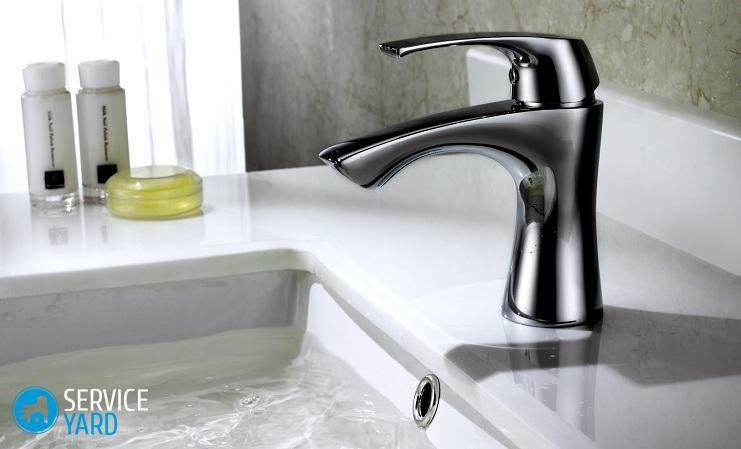
Method 3:
- If you intend to use a plumbing cable for cleaning, you must first unscrew the siphon, and then insert it into the drain hole as far as possible. Screwing into the pipe, the cable cleans all blockages, so that the debris moves along the drain and is washed out.
- After the drain has been cleared, it is necessary to rinse all the elements of the drainage channel and clean the siphon.
Important! If suddenly you do not have a cable or wire near your hand, use an electric drill and a screwdriver with which you can also deal effectively with the blockage.
to the contents ↑We clean the pipes from clogs in the kitchen
Now I would like to talk about how to clean the blockage in the kitchen sink pipes by myself. First, you need to figure out how the siphon is constructed, because in many cases you can only limit its cleaning.
Bottle siphon
The most common are bottle siphons, whose diameter is 32 or 40 mm. The smaller the diameter, the faster the drainage hole is blocked.
The design of the siphons provides for a removable part that resembles a bottled bottom. Remove the blockage in the sink with such a siphon is completely easy, since to unscrew the removable part, no special devices are needed.
So:
- Unscrew and remove the sediment bowl by first putting a bucket or bowl under it so that the remaining water does not spill onto the floor.
- Clean the siphon with a wire with a hook at the end.
Tube siphon
Also in the kitchen sinks can be installed and other types of siphons, for example, pipe - they are made in the form of a curved tube. Often there are lightweight corrugated siphons - they are installed in non-standard conditions.
Important! If you connect a washing machine or a dishwasher, install double or triple siphons.
To prevent clogging of the kitchen sink, it is possible to put a plastic mesh on the drain hole - this is a simpler and cheaper way. And you can install a special meat grinder, which effectively grinds all wastes that have fallen into the sink. Such a device will save you from the need to clean pipes often - it does an excellent job not only with soft waste, but it also can grind the bones, while working silently.
to the contents ↑Popular methods
In order to eliminate blockage in the pipe at home, you can resort to folk methods.
Variant 1
Here we will need soda and vinegar, as these are the most affordable and cheap products that any housewife can use without the help of plumbing:
- It is necessary to take vinegar and soda in equal proportions, for example, one glass.
- Soda is poured into the drain hole, and vinegar is poured on top.
- Then the hole is sealed with a stopper and left for 2-3 hours.
- After the specified time, the pipe is washed with hot water.
Important! This method of cleaning is the simplest and cheapest, while absolutely safe for pipes. It can be used not only to remove blockage, but also as a preventive measure.
Option 2
For the second method of clearing blockages:
- Take approximately 150 g of soda and properly bake it on a cast-iron frying pan( about 15 minutes).
- After complete cooling, dilute the soda with a glass of water and mix thoroughly.
Important! This composition for efficiency can be compared with the well-known shop tool for cleaning the pipes "Mole".

Option 3
Another effective and safe way to clean pipes is to use lemon. To do this:
- Take a few large lemons and squeeze their juice directly into the drain hole.
- If there are no lemons, you can take half a cup of lemon juice concentrate.
Important! Simple sink clog can be removed with a powerful vacuum cleaner, using the blowing mode.
Variant 4
If a blockage from the fat plug is formed, prepare a strong salt solution. Then pour it inside the drain hole and clean the drain using a plunger.
to the contents ↑How to clear the blockage in the pipes so as not to spoil them?
It should be remembered that using chemical means to clear blockages in the pipes, you can cause considerable harm to the plumbing equipment. The fact is that some chemical reactions occur with the release of a large amount of heat. Therefore, it is strictly forbidden to bend over the sink and look into the drain hole.
Also see the instructions for restrictions on certain pipe materials, as some designs may not withstand the action of too active reagents.
Selecting chemical cleaning agents is necessary taking into account the type of contamination and the water supply material. Usually the "Mole" is used, which copes with various kinds of pollution.
Important! A plumbing cable can be used to clean pipes from metal, but they can damage plastic pipes - they need to be cleaned with extreme caution.
Plastic itself is not corroded, and dirt to its surface sticks pretty badly. But over time, the fat still clogs the drains and when it becomes necessary to remove the blockage, it is better to use a plunger or chemicals. And in the rest you are now fully armed to solve any problems with sewerage.

